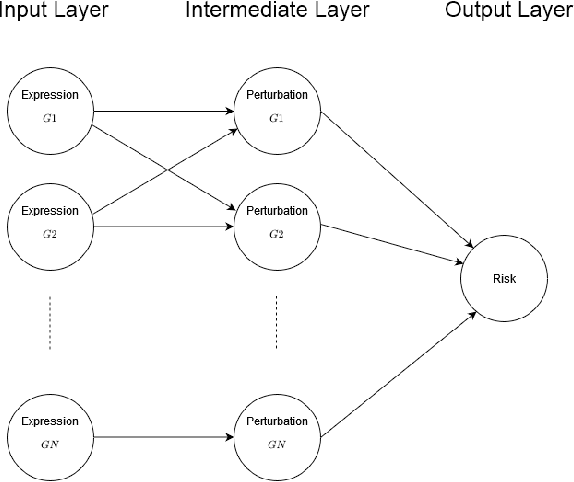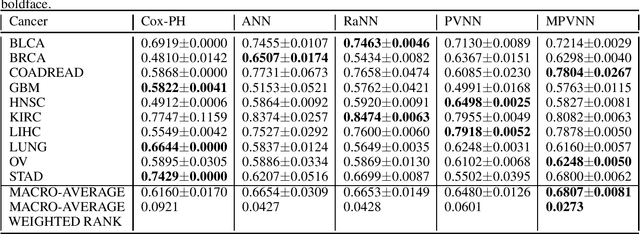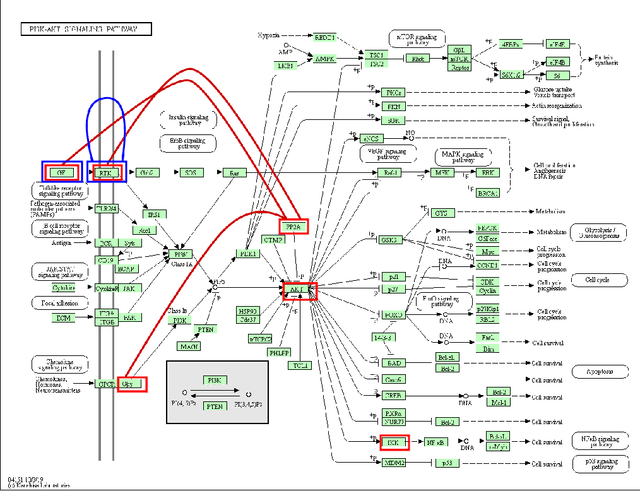Nicholas Geard
The University of Melbourne
AI driven B-cell Immunotherapy Design
Sep 03, 2023Abstract:Antibodies, a prominent class of approved biologics, play a crucial role in detecting foreign antigens. The effectiveness of antigen neutralisation and elimination hinges upon the strength, sensitivity, and specificity of the paratope-epitope interaction, which demands resource-intensive experimental techniques for characterisation. In recent years, artificial intelligence and machine learning methods have made significant strides, revolutionising the prediction of protein structures and their complexes. The past decade has also witnessed the evolution of computational approaches aiming to support immunotherapy design. This review focuses on the progress of machine learning-based tools and their frameworks in the domain of B-cell immunotherapy design, encompassing linear and conformational epitope prediction, paratope prediction, and antibody design. We mapped the most commonly used data sources, evaluation metrics, and method availability and thoroughly assessed their significance and limitations, discussing the main challenges ahead.
MPVNN: Mutated Pathway Visible Neural Network Architecture for Interpretable Prediction of Cancer-specific Survival Risk
Feb 02, 2022



Abstract:Survival risk prediction using gene expression data is important in making treatment decisions in cancer. Standard neural network (NN) survival analysis models are black boxes with lack of interpretability. More interpretable visible neural network (VNN) architectures are designed using biological pathway knowledge. But they do not model how pathway structures can change for particular cancer types. We propose a novel Mutated Pathway VNN or MPVNN architecture, designed using prior signaling pathway knowledge and gene mutation data-based edge randomization simulating signal flow disruption. As a case study, we use the PI3K-Akt pathway and demonstrate overall improved cancer-specific survival risk prediction results of MPVNN over standard non-NN and other similar sized NN survival analysis methods. We show that trained MPVNN architecture interpretation, which points to smaller sets of genes connected by signal flow within the PI3K-Akt pathway that are important in risk prediction for particular cancer types, is reliable.
 Add to Chrome
Add to Chrome Add to Firefox
Add to Firefox Add to Edge
Add to Edge